
Hosted by Long and Short Reviews.
Click here to read everyone else’s replies to this week’s question and to read everyone else’s replies to this week’s question and here to see the full list of topics for the year.
I’m going to give two long answers to this week’s prompt because I have a lot to say on this subject. One answer is a job that actually exists, and the other is a job that should exist.
 Professor
Professor
As far as the former goes, I would have loved to become a professor.
I spent a few years tutoring other students to make some extra pocket money when I was in college. It was so exciting to finally figure out the best way to explain a topic to someone (or a group of people) who had been struggling to understand it.
I was lucky enough to do some training of new staff in jobs I had after graduation, too, and found teaching them to be mentally stimulating and worthwhile every single time.
If the job market for English professors wasn’t so slim, I would have happily gone on to earn my Master’s degree and Ph.D. in order to pursue this line of work.
Unfortunately, by the time I started college the administrators were already replacing tenured professors who had stuff like health insurance and retirement accounts with part-time adjunct positions. There were actually a few professors who taught both at the community college I started at and the four-year college I earned my Bachelor’s degree from. They worked just as hard as anyone else in their field but had low pay, no benefits, and little job security.
I would have happily taught all sorts of composition, literature, creative writing, history, and similar courses if we lived in a world where getting your Ph.D. was more affordable and almost always ended with one being offered a full-time, permanent job with benefits that could easily pay off student loans and cover all of the other expenses of life, too.
Can’t you see me strolling down the halls of some college or university and nodding a friendly hello to students passing me by before going to my office to grade essays? I sure can. I would have kept a candy dish full of treats in my office to serve as an icebreaker for nervous students.
(Well-Paid) Book Reviewer
 My second answer involves a problem that many writers and publishers have that I sorely wish I could help to solve for them.
My second answer involves a problem that many writers and publishers have that I sorely wish I could help to solve for them.
I’ve been writing book reviews for over a decade now and, without trying to toot my own horn here, have a file full of positive feedback on how thorough, kind, and honest my reviews are.
If there were some way to create full-time, permanent jobs with benefits for book reviewers, I’d be the first person in line for it.
There are so many amazing stories out there that never get enough attention because of how time consuming it is for reviewers to go through the reading, analyzing, and reviewing process even if you happen to be a fast reader and talented writer who has a lot of experience translating your reactions to a tale into review form.
This is equally true for short stories, novellas, and picture books that I’ve seen some new reviewers assume must be simpler to write about. Yes, you can often finish reading them in shorter period of time than it would take to read a full-length novel, but the review writing process is the same and may even take much longer than usual if you need to figure out how to share relevant details about it that support your criticisms or compliments without giving away spoilers.
Sometimes I need to read these stories multiple times and take detailed notes in order to figure out how to word my review fairly, accurately, and in a spoiler-free manner. For a picture book, this can be done in ten to twenty minutes depending how many notes I need to take and is no big deal.
Rereading a possibly confusing or dense 100-page novella again to catch all of the nuances to it I might have missed the first round, though, can take as much (and possibly even more) time than picking a full-length novel to begin with.
Does this happen every time? No, of course not, but page counts can only tell you so much about how you’ll react to what you’re about to read or how tricky it might be to write a good review of it. I’ve been surprised multiple times by which books were and were not easy to review.
(Now don’t get me wrong. I love reviewing shorter works that generally don’t get as much attention as novels do, but there are still no shortcuts here).
It would be so much easier for authors and their books to get more exposure and gain new readers if this sort of job actually existed. Who knows! Maybe someday we’ll have a Star Trek sort of economy that enables everyone to do the work they love the most.

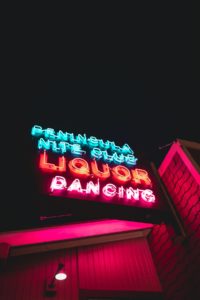 If any of you secretly own a nightclub and are looking for people to work late hours and pressure your patrons into buying watered-down alcohol while the DJ blares eardrum-rattling music all night long, I am not a good candidate for the role for the following reasons:
If any of you secretly own a nightclub and are looking for people to work late hours and pressure your patrons into buying watered-down alcohol while the DJ blares eardrum-rattling music all night long, I am not a good candidate for the role for the following reasons:

 This is the time of year when Toronto is so hot and humid that I generally get a lot of reading done, from new releases to classics to backlist titles that I meant to read a year or two ago but never got around to it.
This is the time of year when Toronto is so hot and humid that I generally get a lot of reading done, from new releases to classics to backlist titles that I meant to read a year or two ago but never got around to it.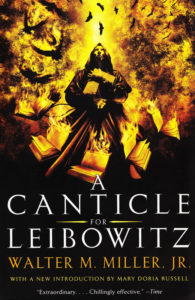

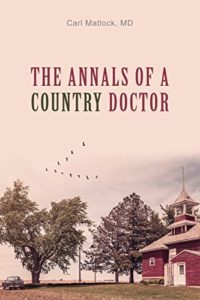
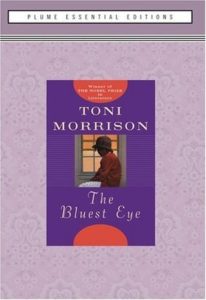

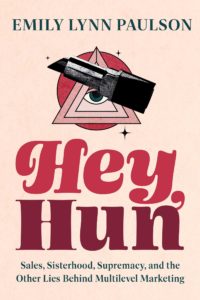
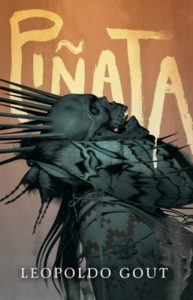



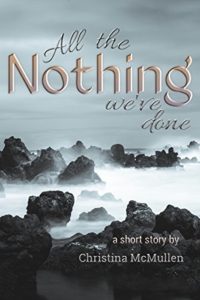 Title: All the Nothing We’ve Done
Title: All the Nothing We’ve Done Professor
Professor My second answer involves a problem that many writers and publishers have that I sorely wish I could help to solve for them.
My second answer involves a problem that many writers and publishers have that I sorely wish I could help to solve for them. When Jana released the summer topics for Top Ten Tuesday, she suggested we include reasons why we didn’t finish the books in this week’s list if we can do so kindly.
When Jana released the summer topics for Top Ten Tuesday, she suggested we include reasons why we didn’t finish the books in this week’s list if we can do so kindly.
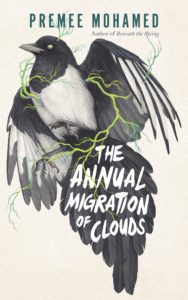
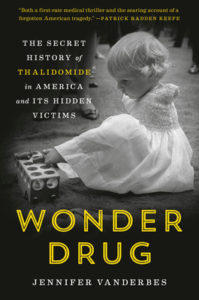

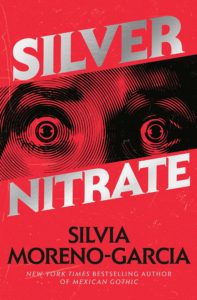
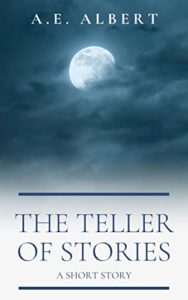 Title: The Teller of Stories
Title: The Teller of Stories While doing research for this post, I stumbled across a fact that I never would have guessed is true.
While doing research for this post, I stumbled across a fact that I never would have guessed is true. There’s nothing like a compelling title to grab my attention and make me yearn to see if the blurb is just as good.
There’s nothing like a compelling title to grab my attention and make me yearn to see if the blurb is just as good. Title: Jathniel, The Immortal
Title: Jathniel, The Immortal Here’s a photo of me from last autumn so you can see what I typically wear. Jeans, yoga pants, and subtle shirts that generally don’t have any writing, logos, or obvious designs are what fill up my wardrobe for the most part.
Here’s a photo of me from last autumn so you can see what I typically wear. Jeans, yoga pants, and subtle shirts that generally don’t have any writing, logos, or obvious designs are what fill up my wardrobe for the most part.